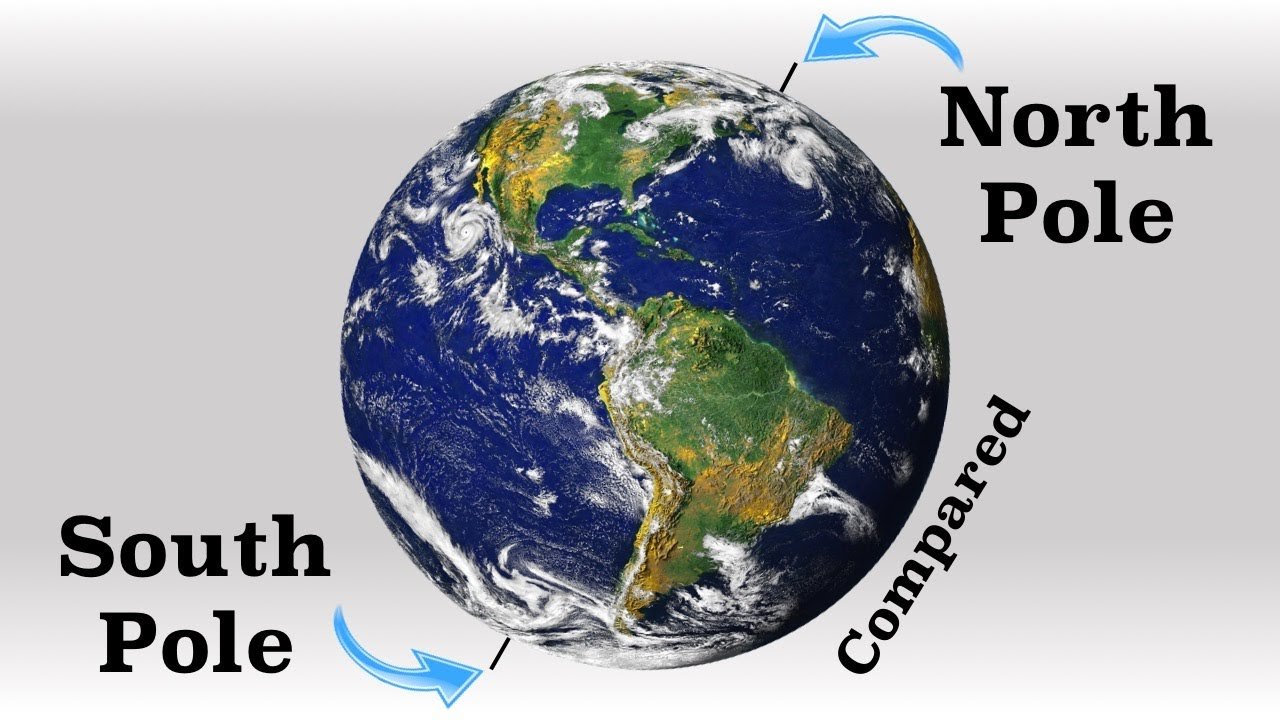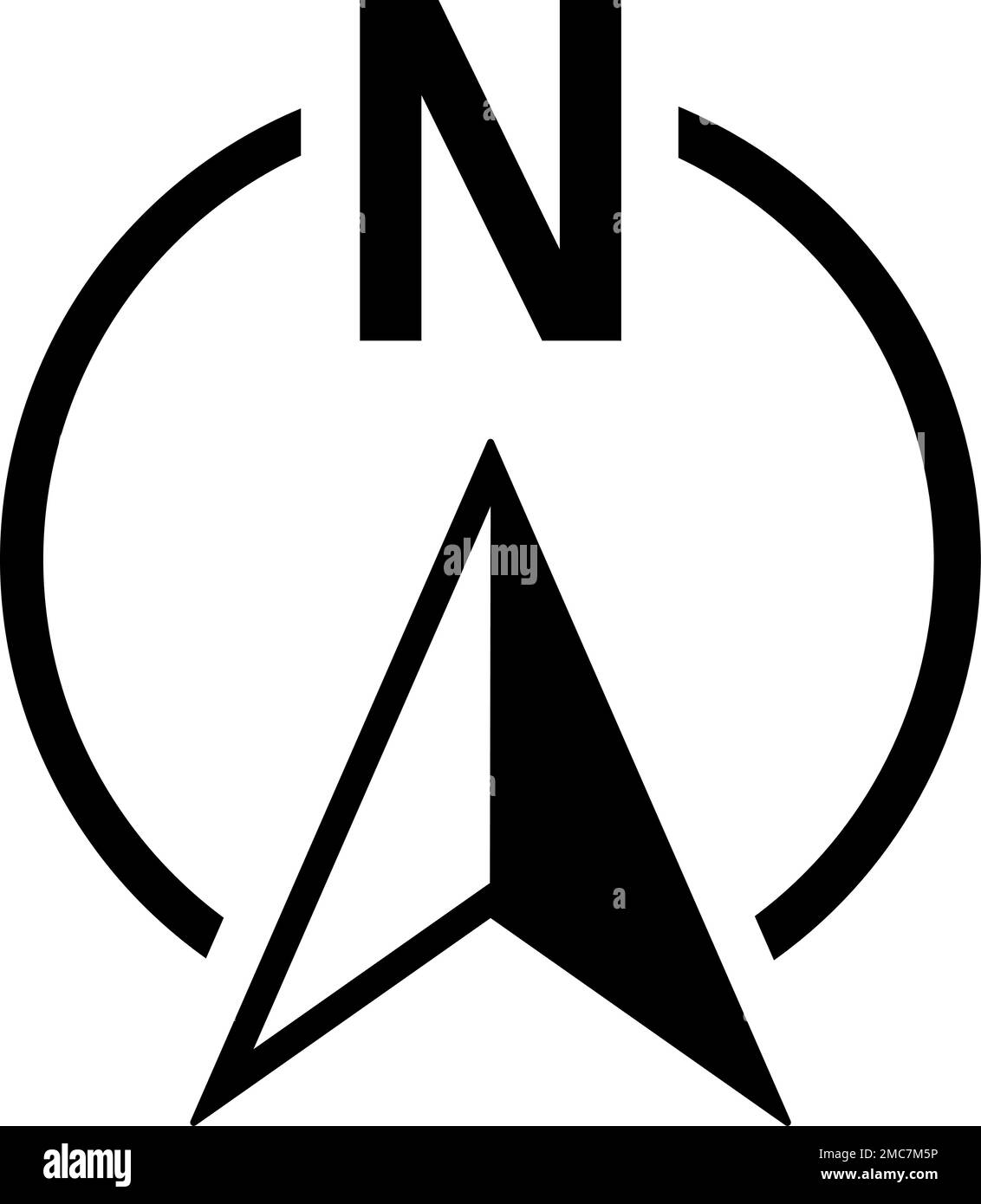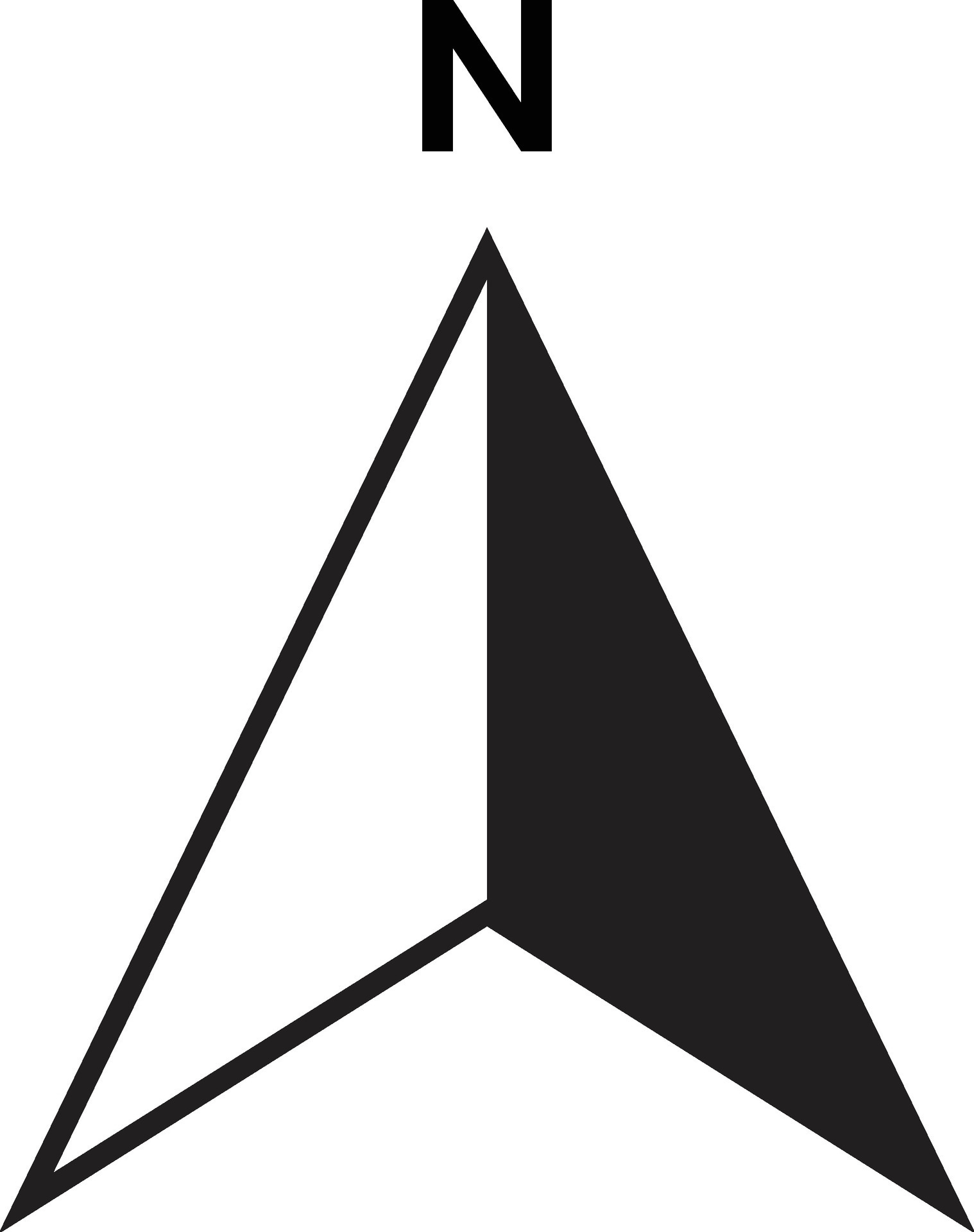Have you ever stopped to think about the places that make up our wider world, or perhaps how we even talk about where things are? It's a pretty interesting thing, how we describe locations and the directions that guide us from one spot to another. We often use words like 'north' or 'west' without giving them much thought, yet they're absolutely key to how we understand our surroundings, like, you know, when you're looking at a map or just trying to find your way around a new area. These basic ideas of direction help us make sense of everything, from the smallest town to the biggest country, really.
Our daily comings and goings, too, rely a lot on knowing where things are in relation to each other. Whether it's finding your way to a new spot, understanding where the wind is blowing from, or even just making sense of how different parts of a country are connected, direction plays a huge part. It’s about more than just pointing; it’s about a framework for how we experience and talk about the physical world around us, in a way.
So, let's take a moment to explore some specific locations and how these fundamental ideas of direction, like north and west, fit into their stories. We'll look at a community in Kansas, consider what 'north' truly means, and even touch on how rivers flow and how we keep track of things like traffic. It’s all connected, you see, by these simple yet powerful concepts of where things are and which way they’re going, more or less.
Table of Contents
- Hillsboro, Kansas - A Place on the Map
- What Exactly is North, West, and Other Directions?
- Rivers and Waterways - The Ninnescah's Path
- How Does North West and Geography Affect Our Daily Lives?
- Understanding North West and its Broader Meanings
- What About the North West and Weather Patterns?
- Mapping Our Way - North West and Visual Guides
- The North West and its Role in Water Supply
Hillsboro, Kansas - A Place on the Map
Hillsboro, Kansas, is a community of folks situated in Marion County, Kansas, over in the United States. It's a spot with its own story, like so many others across the country, actually. This little town, you see, had about 2,732 people calling it home, according to the count taken back in 2020. That's a good number of folks making their lives there, really.
The story behind Hillsboro's name is quite simple, in a way. It got its name from a fellow named John Hill. He was someone who, you know, settled in that area a long time ago, making it his home and setting down roots. It’s a common thing, isn't it, for places to be named after the early settlers or significant figures connected to their beginnings? This little piece of history just adds to the character of the place, don't you think?
Where is Hillsboro in the North West and Kansas?
When you look at a map, Hillsboro sits in a part of Kansas that, while not typically called "the North West" of the entire country, is indeed within the broader western half of the United States. Kansas itself is a state that, you know, occupies a central spot in the nation. Understanding its location helps us place Hillsboro more clearly. It’s a specific point in a specific county within that larger area, more or less.
- Juan Pablo Bachelor Married
- Monsters Cast Menendez Brothers
- Jalo The Singer
- Bone Thugs N Harmon
- Waltons Cast Now And Then
The idea of "north west" can mean different things depending on your scale. If you're talking about a small section of a state, the north west corner of that section might be quite different from the north west of the whole country. For Hillsboro, being in Marion County, it's situated in a central part of Kansas, which is in the central United States. So, while not in the far north west of the US, it's certainly a place that can be described in relation to north and west from various points, apparently.
What Exactly is North, West, and Other Directions?
Let's talk about 'north' for a moment, since it's one of the main directions we use every single day. North is one of the four main ways we point or describe a cardinal direction. It's the exact opposite of 'south', as you might expect, and it stands at a right angle to both 'east' and 'west'. So, if you're facing north, east would be to your right, and west to your left, you know. It's pretty fundamental to how we get around.
The word 'north' itself can be used in a few different ways. It can be a thing, like "the North" referring to a region. It can describe something, like "a north wind." Or, it can tell you how something is moving, like "heading north." It’s a pretty flexible word, really, that helps us communicate location and movement quite simply. People use it all the time to give instructions or just to talk about where things are, like your house might be north of the school, or something similar.
Getting Your Bearings with North West and Directions
When we talk about 'north west', we're usually referring to a direction that's halfway between north and west. It's like a diagonal line on a compass. This helps us be more precise than just saying 'north' or 'west' alone. Knowing these points is really helpful for anyone who needs to find their way, whether it's with a physical compass or just by looking at a map, you know.
These directions are not just for, say, explorers or sailors. They're part of our everyday language. When someone says "the wind is coming from the north," you immediately get a picture of where that breeze is originating. Or if you hear "most of the country's population is concentrated in the north," you understand a general area being discussed. It’s a very common way we describe things, in some respects.
Even dictionaries, like the Oxford Advanced Learner's Dictionary, give you a detailed breakdown of 'north'. They explain its meaning, how to say it, show you a picture, give you example sentences, and even talk about its grammar and other ways to use it. It just goes to show how important these basic directional words are in our language, like, really important.
Rivers and Waterways - The Ninnescah's Path
Let's consider the Ninnescah River, which is a river that flows through the central Great Plains area of North America. It’s not just any river; it’s a waterway that feeds into the Arkansas River, meaning it’s a branch or feeder for that larger body of water. Rivers, you know, are like the lifelines of the land, carving paths and providing resources as they go, and this one is no different, apparently.
The Ninnescah River has a specific part called the North Fork. This North Fork starts its journey in the southern section of Stafford County. From there, it flows generally toward the northeast, making its way to a spot called Plevna, which is in Reno County. So, you can picture it, a stream of water beginning in one area and then moving across the land, heading in a particular direction, just a little.
The North Fork Ninnescah River and its Journey West
While the North Fork Ninnescah River generally moves northeast, its broader context within the central Great Plains means it's part of a larger system that has connections to areas that could be described as west. For example, the Cheney Lake watershed, which includes the North Fork Ninnescah River, covers a huge area. We're talking about 633,000 acres, which is a lot of ground, you know.
This watershed spreads out across five different counties in south-central Kansas. These counties include parts of Reno, Stafford, Pratt, Kingman, and Sedgwick. So, while the river itself might flow one way, the area it influences, its watershed, stretches out across a good chunk of land, including parts that are to the west of other areas. It really highlights how interconnected these natural systems are, in a way.
The North Fork Ninnescah River, specifically, is something you can find on maps like the Lake Afton USGS topo map. It even has its own set of geographic coordinates, like a specific address for its location. These GPS waypoint numbers, 37.5680721 (north) for latitude, give you a very precise spot on the globe. So, you can literally pinpoint its location using these numbers, which is pretty neat, right?
How Does North West and Geography Affect Our Daily Lives?
Our understanding of directions, like north and west, and the geography around us, really shapes a lot of our daily experiences. Think about driving, for instance. We rely on information about road closures, any accidents that have happened, places where traffic is really slow, and work zones. This kind of detail helps us plan our trips and stay safe on the roads, very much so.
This information often comes with extra map data, which can include things like traffic cameras. These cameras give us a real-time look at what's happening on the roads, helping us see if there's a jam or if things are flowing smoothly. All of this, you know, is tied to specific locations and directions, helping us move from one spot to another as efficiently as possible. It’s pretty practical stuff, basically.
From Roadways to Reservoirs - Practical Connections
When we consider things like where our drinking water comes from, geography and direction are just as important. Cheney Reservoir, for example, is the main source of drinking water for a lot of people. Knowing where this reservoir is, and how water flows into it from places like the North Fork Ninnescah River, is really important for managing this vital resource, as a matter of fact.
The movement of water, the placement of towns, and the flow of traffic all depend on understanding where things are in relation to each other, using those basic directions like north, south, east, and west. It's how we build our communities, manage our resources, and get from place to place. It shows how deeply these geographical concepts are woven into our everyday lives, you know, every single day.
Understanding North West and its Broader Meanings
The word 'north' is more than just a direction on a compass. It can carry broader meanings, sometimes even historical ones. For example, birds often move from the north when they migrate. This is a natural pattern, where they travel from colder areas to warmer ones, following ancient pathways. So, 'north' in this sense refers to a starting point for these long journeys, apparently.
Sometimes, 'north' can refer to a whole region that experiences certain events. Parts of 'the north' were hit hard by a storm, for instance. This suggests that the storm affected a specific geographical area known by that general directional term. It’s a way of talking about a large section of land without naming every single town or county, which is pretty useful, you know.
More Than Just a Compass Point - North West and History
Personal connections to 'north' are common too. Someone might say, "I grew up in the north." This simple statement tells you something about their background and the kind of place they came from, perhaps a colder climate or a particular cultural area. It highlights how direction can be tied to personal identity and experience, in a way.
Historically, the idea of 'north' has played a big role in defining conflicts and divisions. The American Civil War, for example, was fought between 'the North' and 'the South'. Here, 'North' refers to a collection of states with shared political and economic characteristics, distinct from those in 'the South'. So, the directional term became a shorthand for entire factions, which is pretty significant, really.
The meaning of 'north' is quite straightforward when you get down to it: it means to, toward, or in the north. This simple definition is how we use it in sentences, whether we're talking about a physical direction or a general area. It's a foundational word that helps us make sense of our world, you know, in a very basic way.
What About the North West and Weather Patterns?
Weather patterns are often described using directions, and the north, or the north west, plays a big part in this. When we say "the wind is coming from the north," it gives us an immediate idea of the air's temperature and characteristics. Winds from the north often bring cooler air, especially in certain seasons. This is a basic piece of weather knowledge, you know, that many


